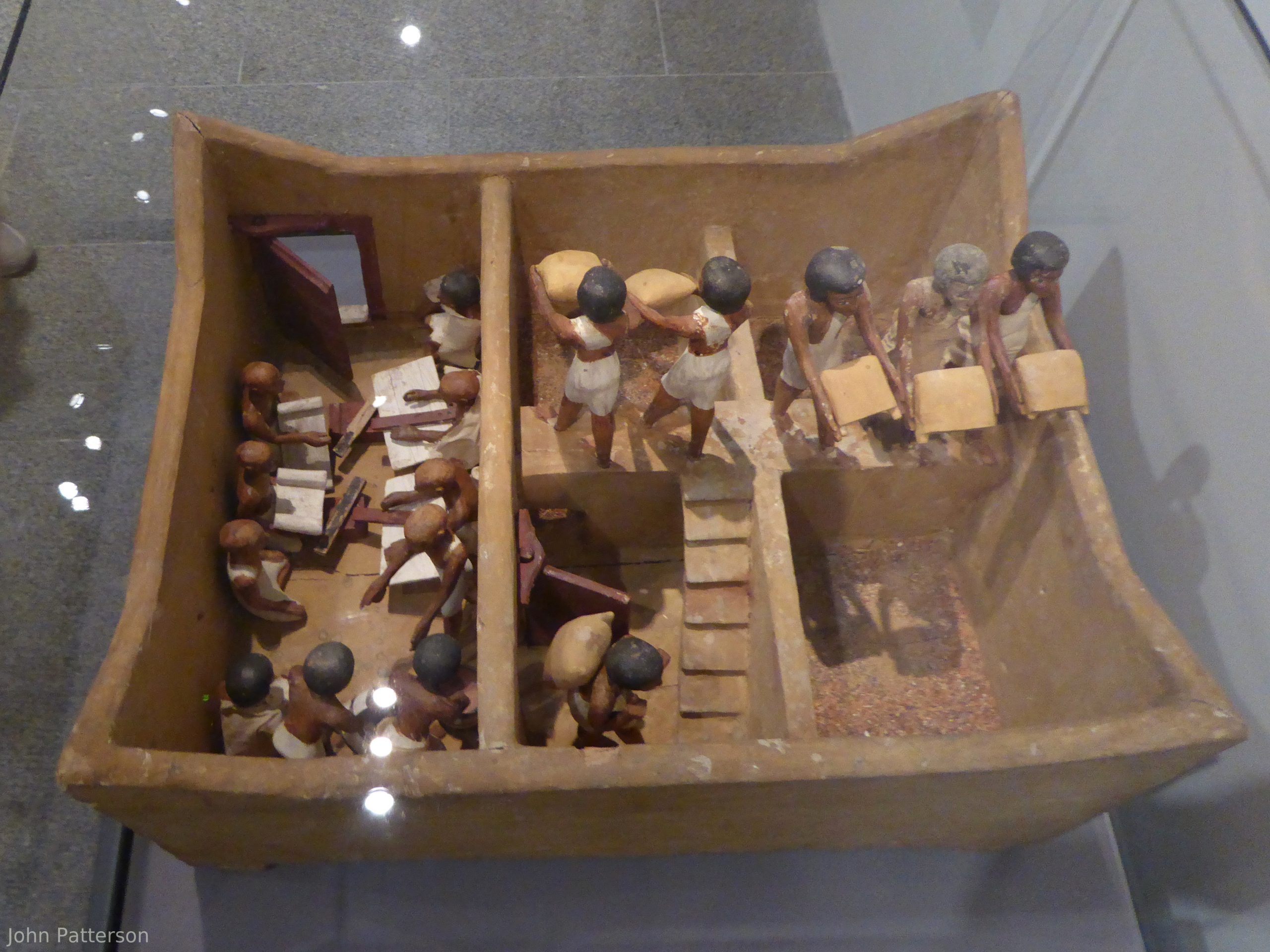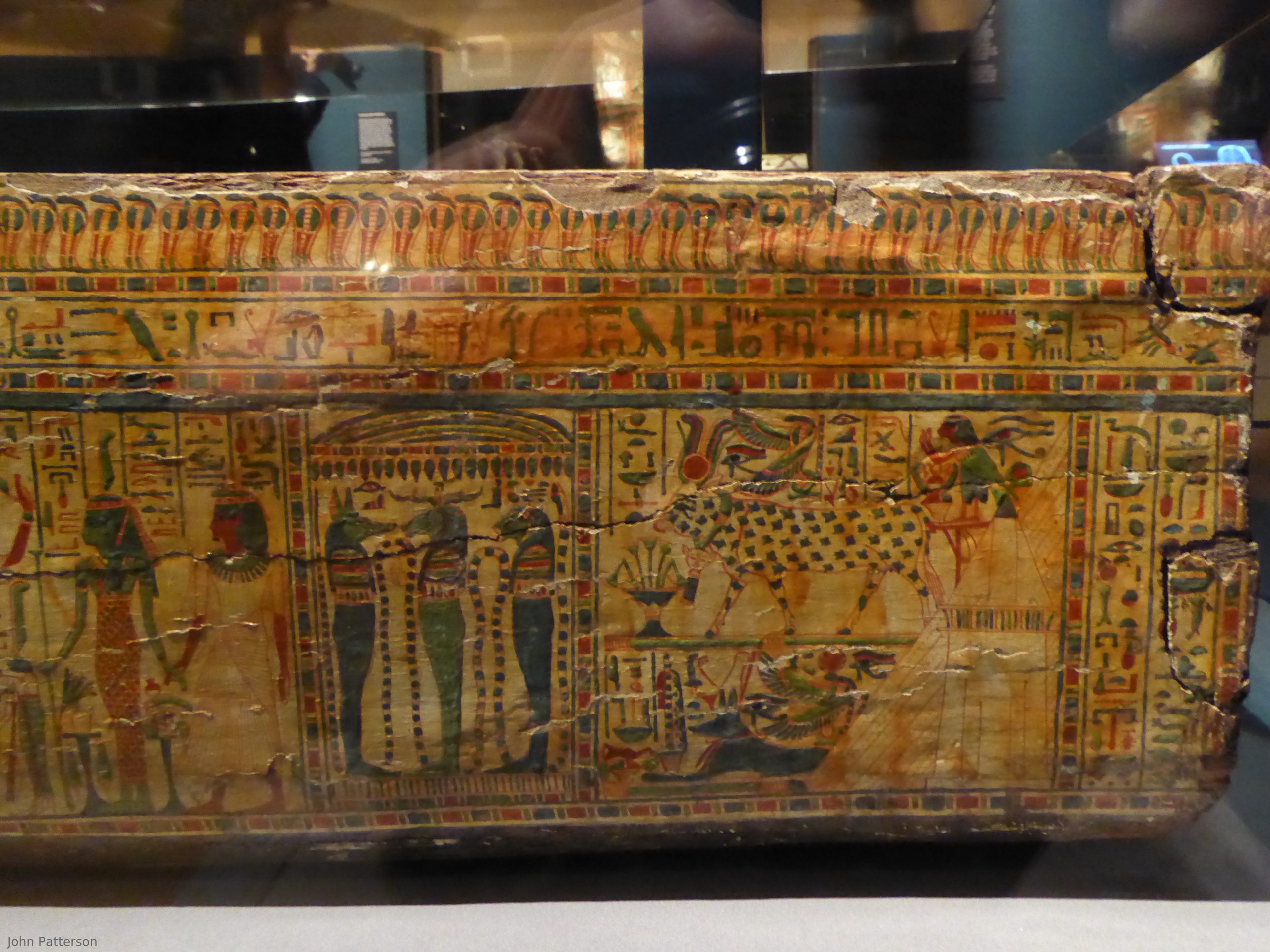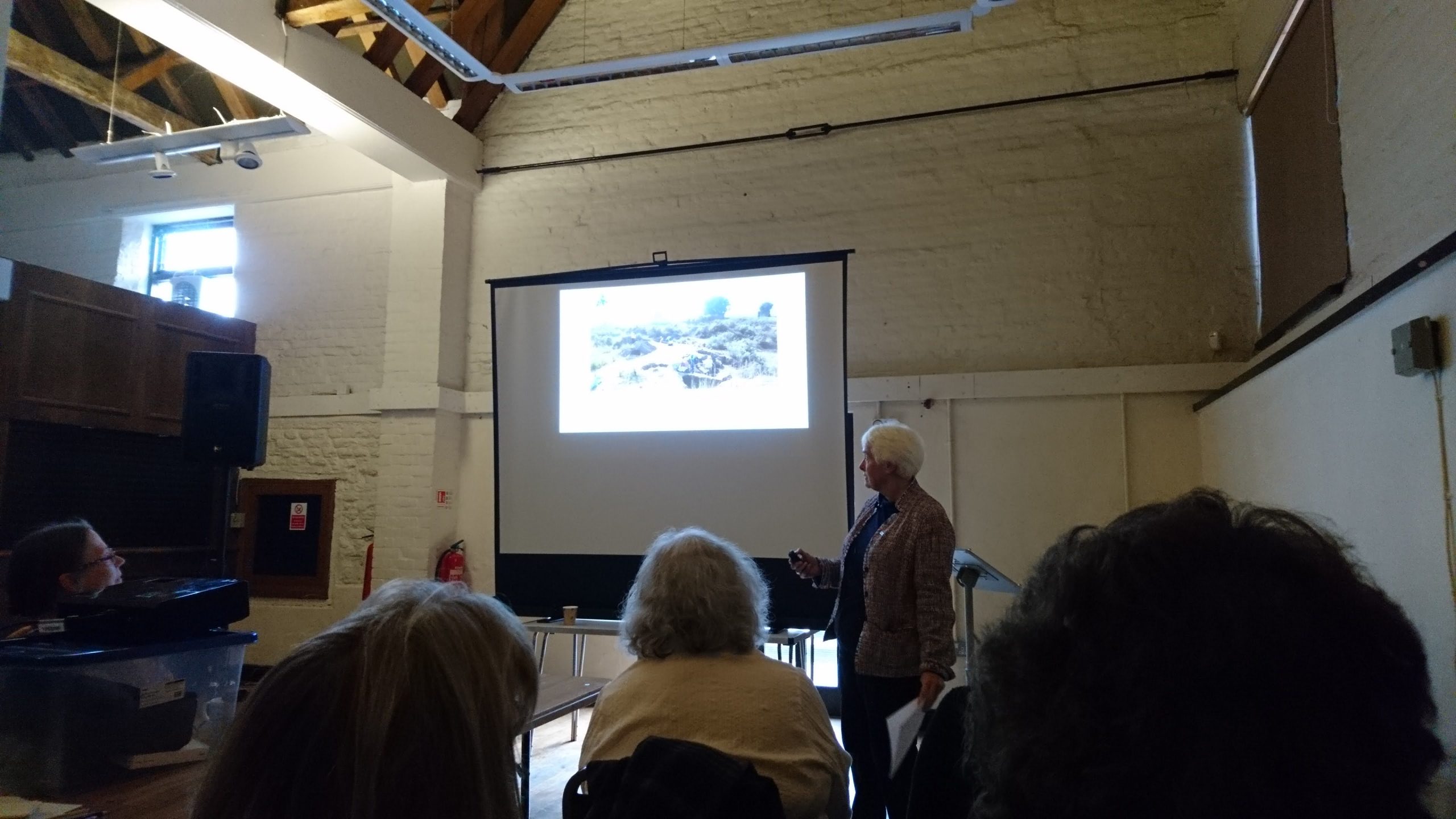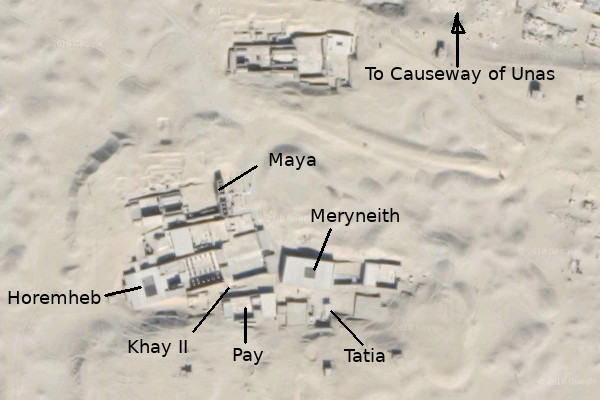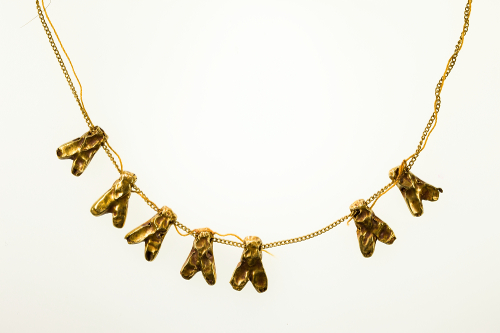“Shalfak: A Middle Kingdom Fortress in Lake Nubia” Claudia Näser (EEG Meeting Talk)
At our May meeting Claudia Näser came to talk to the Essex Egyptology Group about her work excavating at the fortress Shalfak in Lake Nubia. Shalfak is an ancient Egyptian fortress, part of a chain built along the Nile during the Middle Kingdom in Nubia. These forts were once thought to have all been drowned in the lake that was formed when the High Dam was built in the 1960s. The name of this lake is Lake Nasser for the portion inside Egyptian borders, and Lake Nubia for the portion inside Sudanese borders – Shalfak is 50km south of the Egypt/Sudan border and thus is in Lake Nubia. In the early 21st Century Google maps images showed that two of the drowned forts were actually above the water level of the lake and projects were begun to re-excavate them with modern techniques. It did take a while to get everything… Read More »“Shalfak: A Middle Kingdom Fortress in Lake Nubia” Claudia Näser (EEG Meeting Talk)
